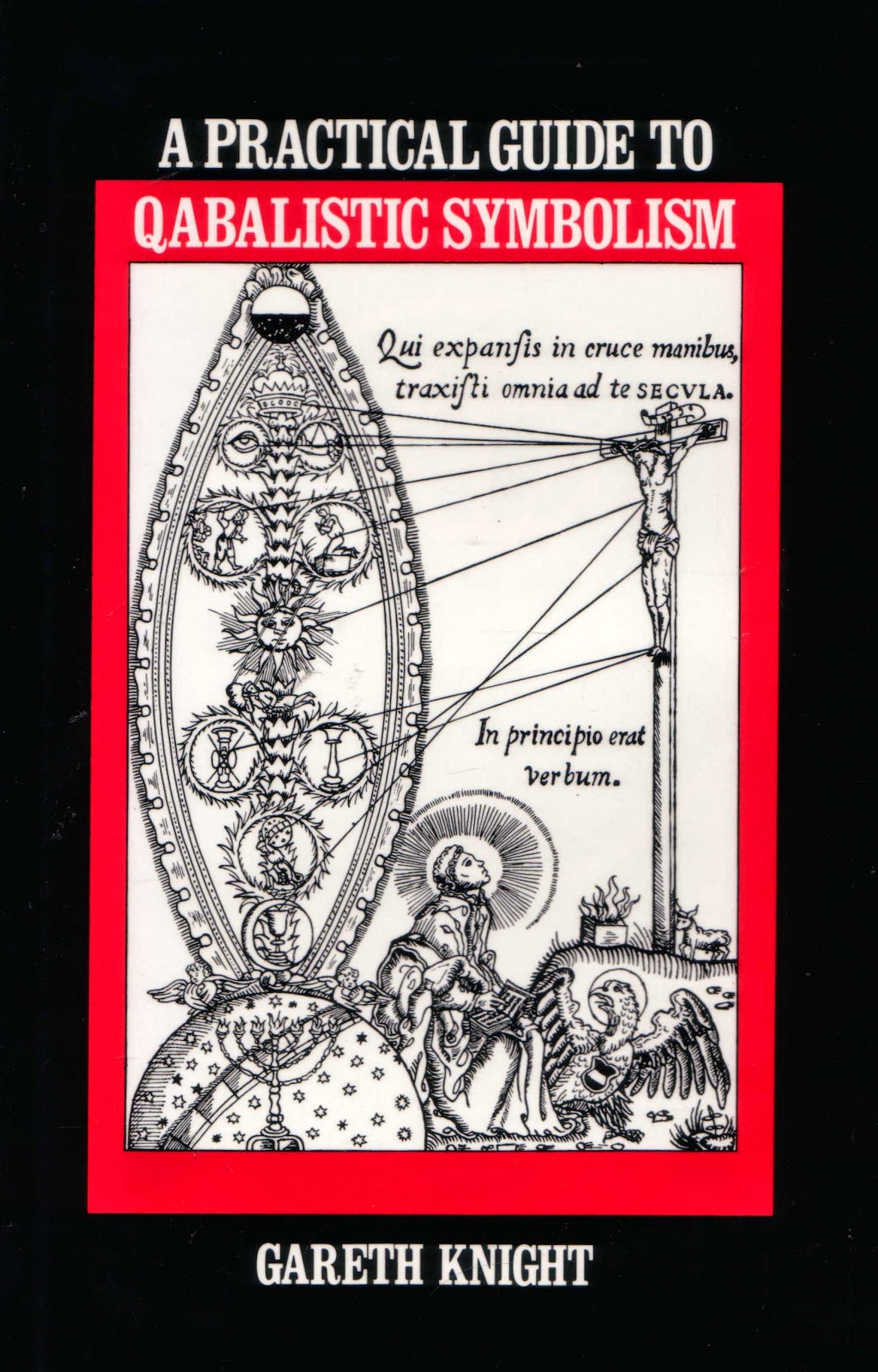Knots
and Crosses by Ian Rankin. Hardcover book published by The Bodley
Head 1987, 169 pages. FIRST EDITION.
“A
murderer is on the loose in Edinburgh and the city is horrified;
murder is not part of the image of Scotland’s elegant capital. But
beneath the surface of city life lurks a dark underworld of crime and
twisted violence. The murderer’s victims are all young girls, and
all have been strangled. The police are baffled, and none more so
than Detective Sergeant John Rebus. Rebus is not the most popular man
on the force, having been shuffled into the CID after leaving his
crack SAS unit under very mysterious circumstances. He is also being
plagued by anonymous letters, accompanied by pieces of knotted string
and little crosses made from matchsticks. To cap it all, his wife has
left him, taking their daughter with her.”
“Knots
and Crosses” was the first Inspector Rebus novel written by Ian
Rankin. It wasn't the last and the Inspector Rebus books have gone
on to become a very successful series of novels closely followed by a
television series, all of which (in my opinion) are worth reading and
watching. Yes I have read and watched more than a few Rebus stories
and those that I haven't read are in the pile next to my bed, waiting
to be read. Like a lot of people I enjoy reading about the crims and
crimes of Scotland. It's not that the Scots are particularly or
exceptionally criminal in their criminality, it's the way that Rankin
manages to spin his yarn within an increasingly familiar context.
When you have read more than one Rebus book, the next one is like
visiting a troubled friend who lives around the corner. I think this
is why these books have become so popular.
When
Knots and Crosses was published in 1987 and Rebus was a complete
unknown, Rankins publishers probably wouldn't have had the foresight to
publish large quantities of this the first edition, due to the
financial risk of the unknown and a publishers fear of the remainder. As with many other books or series of
books this means that the first edition of the first book becomes a
rarity due to the smaller print run*. Rankins later books were and
are published in larger numbers as he is a best selling author. This generally means that the later books in this (and other) series don't have the same rarity and $ value as the first edition of the first volume. Finding
this book was a bit of an eye opener as I hadn't previously
considered or sought after any of Rankins work within the context of
“rare and valuable”. This was obviously an error on my behalf.
*This is
of course a theory, but it does explain why this book is worth big
$$$ on the interwebs.







